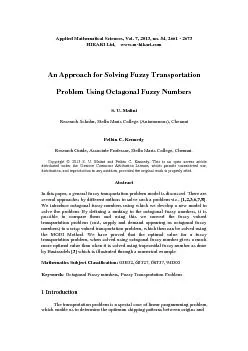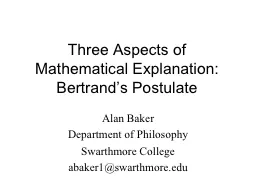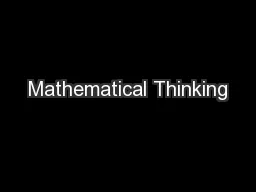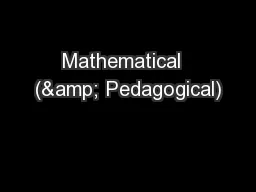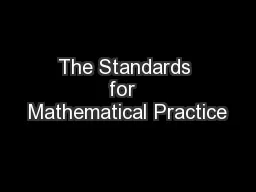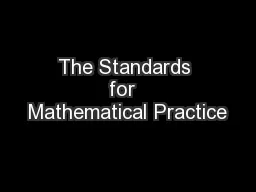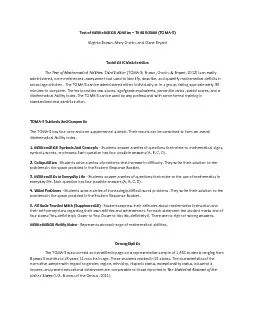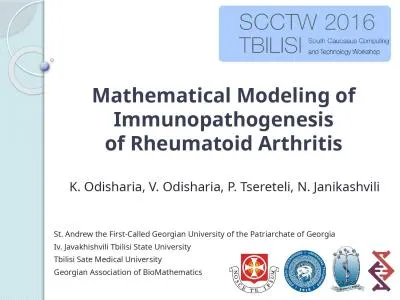PDF-Applied Mathematical Scie
Author : natalia-silvester | Published Date : 2015-09-14
nces Vol 7 2013 no 54 2661 2673 HIKARI Ltd wwwm hikaricom An Approach for Solving Fuzzy Transportation Problem Using Octagonal Fuzzy Numbers S U Malini Research
Presentation Embed Code
Download Presentation
Download Presentation The PPT/PDF document "Applied Mathematical Scie" is the property of its rightful owner. Permission is granted to download and print the materials on this website for personal, non-commercial use only, and to display it on your personal computer provided you do not modify the materials and that you retain all copyright notices contained in the materials. By downloading content from our website, you accept the terms of this agreement.
Applied Mathematical Scie: Transcript
Download Rules Of Document
"Applied Mathematical Scie"The content belongs to its owner. You may download and print it for personal use, without modification, and keep all copyright notices. By downloading, you agree to these terms.
Related Documents

